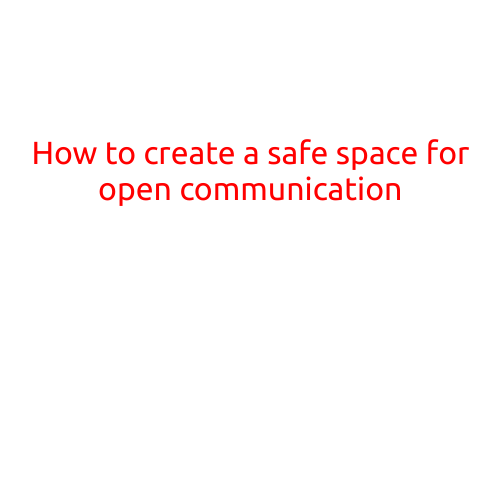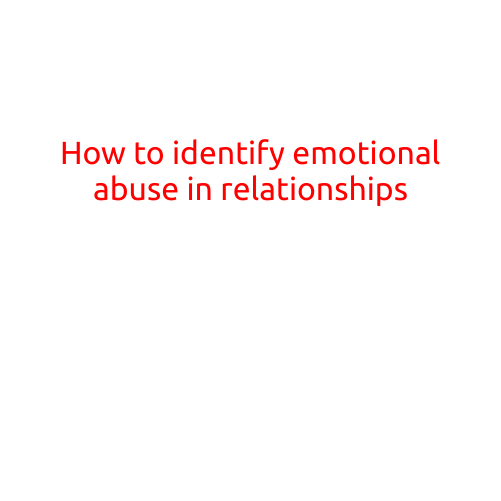
How to Create a Safe Space for Open Communication
Effective communication is the foundation of any successful relationship, whether personal or professional. But, to foster open and honest communication, it’s essential to create a safe and non-threatening environment where individuals feel comfortable expressing themselves without fear of judgment or criticism. In this article, we’ll explore the importance of a safe space for open communication and provide practical tips on how to create one.
Why a Safe Space for Open Communication Matters
A safe space for open communication is crucial for building trust, strengthening relationships, and promoting personal and professional growth. When individuals feel comfortable sharing their thoughts, feelings, and concerns, they are more likely to:
- Develop deeper connections with others
- Improve their communication skills
- Increase their sense of safety and well-being
- Address conflicts and issues more effectively
- Create a culture of respect and empathy
7 Tips to Create a Safe Space for Open Communication
- Establish Ground Rules: Before engaging in open communication, set clear ground rules for the conversation. This can include respecting each other’s opinions, avoiding interruption, and keeping the conversation confidential.
- Create a Comfortable Environment: Ensure that the physical space is comfortable and free from distractions. This can include providing a quiet, private setting and eliminating interruptions.
- Use Open-Ended Questions: Encourage open communication by using open-ended questions that begin with what, how, or why. This helps to promote thoughtful and reflective responses.
- Embrace Active Listening: Practice active listening by maintaining eye contact, nodding to show understanding, and paraphrasing what the other person has said. This helps to create a sense of safety and encourages others to continue sharing.
- Respect Diverse Perspectives: Foster a culture of inclusivity by respecting diverse perspectives and opinions. Avoid interrupting or dismissing others’ views, and encourage open-mindedness.
- Practice Empathy and Understanding: Show empathy and understanding towards others by acknowledging their emotions and validating their experiences. This helps to create a sense of safety and promotes deeper connections.
- Follow Through on Commitments: Once commitments are made, follow through on them. This includes keeping confidences, respecting boundaries, and fulfilling promises. This helps to build trust and reinforces the idea that a safe space for open communication is a valuable asset.
Additional Tips for Creating a Safe Space for Open Communication
- Be aware of power dynamics: Be mindful of power imbalances and ensure that all participants feel comfortable sharing their thoughts and opinions.
- Be respectful of differences: Respect differences in opinion, culture, and background, and avoid making assumptions about others.
- Use positive language: Frame language in a positive and supportive tone, focusing on solutions rather than problems.
- Encourage vulnerability: Encourage individuals to be vulnerable and authentic in their communication, knowing that this can lead to deeper connections and more effective collaboration.
Conclusion
Creating a safe space for open communication requires intention, effort, and practice. By establishing ground rules, creating a comfortable environment, and practicing empathy and understanding, you can foster a culture of openness and honesty. Remember to respect diverse perspectives, follow through on commitments, and be mindful of power dynamics. By doing so, you can create a safe space for open communication that promotes personal and professional growth, strengthens relationships, and builds trust.





